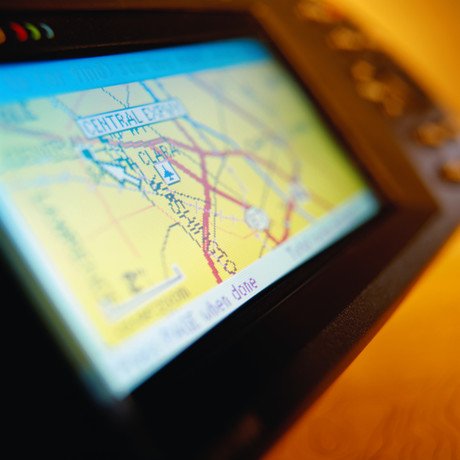Australian Government invests $260 million in GPS

Minister for Resources and Northern Australia Matt Canavan has announced that the federal government is investing over $260 million to develop global positioning system (GPS) technology in order to create more jobs and support Australian industry.
“We rely on satellite and GPS technology for just about every aspect of our lives — from Google Maps on our individual phones, through to air traffic control at the busiest airports,” Canavan noted.
“More accurate GPS will improve productivity by allowing new technology to be created and used across the economy. Growing Australia’s digital economy will also benefit developed sectors such as mining, transport, construction, aviation and agriculture.
“This investment will improve competitiveness and secure jobs across the Australian economy.”
Under the package, $160.9 million will deliver a satellite-based augmentation system (SBAS — the technology underpinning GPS) to improve the reliability and the accuracy of positioning data from 5 m to 10 cm across Australia and its maritime zone. A $64 million investment in the National Positioning Infrastructure Capability (NPIC) will complement the SBAS to improve GPS to an accuracy as precise as 3 cm in areas of Australia with access to mobile coverage.
“Our investment in this world-standard technology will have direct benefits, including virtual fencing for farms and better management of cattle and livestock over vast distances,” Canavan said.
“It also has applications for regional aviation, such as improved access to regional areas by enabling planes to land on smaller airstrips and navigate difficult terrain such as canyons.
“The increased reliability provided by better GPS will improve safety for aircraft flying into regional and remote aerodromes, such as the Royal Flying Doctor Service fleet. It will reduce the impact of weather on flight cancellations and diversions, and improve the safety of landings.
“The resource sector will also benefit through better control of mine infrastructure, safety and more precise data for environmental rehabilitation.”
A further $36.9 million is for Digital Earth Australia — a world-class digital infrastructure that will give Australian businesses greater access to reliable, standardised satellite data that identifies physical changes to the Australian environment.
“This data will help researchers, governments and business better understand environmental changes, such as coastal erosion, crop growth and water quality,” Canavan said.
“For example, information drawn from satellites is vital to help graziers increase the capacity of paddocks and make their farms more viable and sustainable.
“Our investment in satellite imagery will ensure a range of Australian industries have access to data that can help them tailor their investments, create jobs in target regions and increase their competitiveness.”
Canavan said the investment is expected to improve the lives of Australians and make businesses more productive, providing “instant, reliable and accurate positioning information, anytime and anywhere around Australia”.
Electronex Sydney a major success
More than 1000 trade visitors and delegates have attended the Electronics Design & Assembly...
Gartner: Global AI chips revenue to grow 33% in 2024
Gartner has forecast that the revenue from AI semiconductors globally will total $71 billion in...
Electronex Expo returns to Sydney for 2024
Electronex — the Electronics Design and Assembly Expo will return to Sydney in 2024,...





